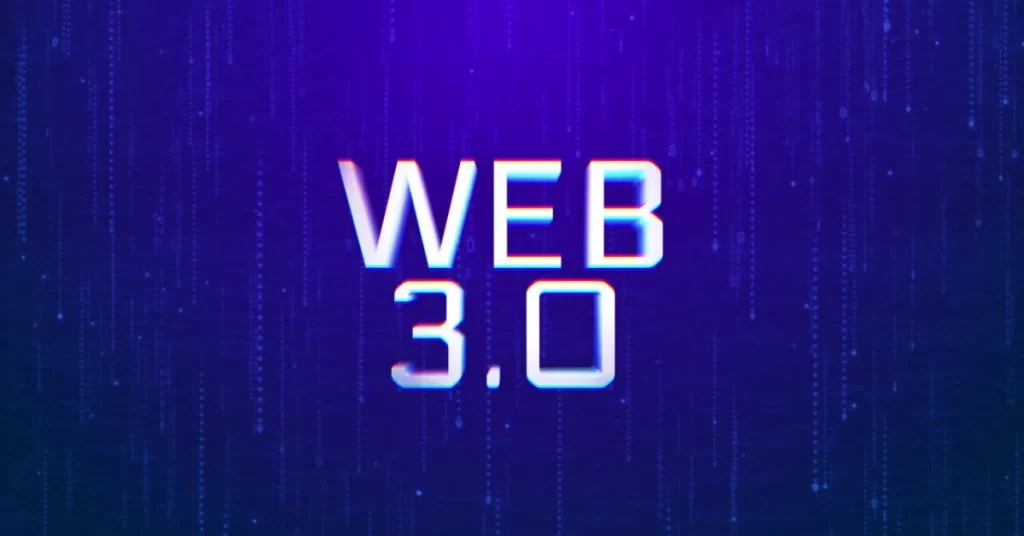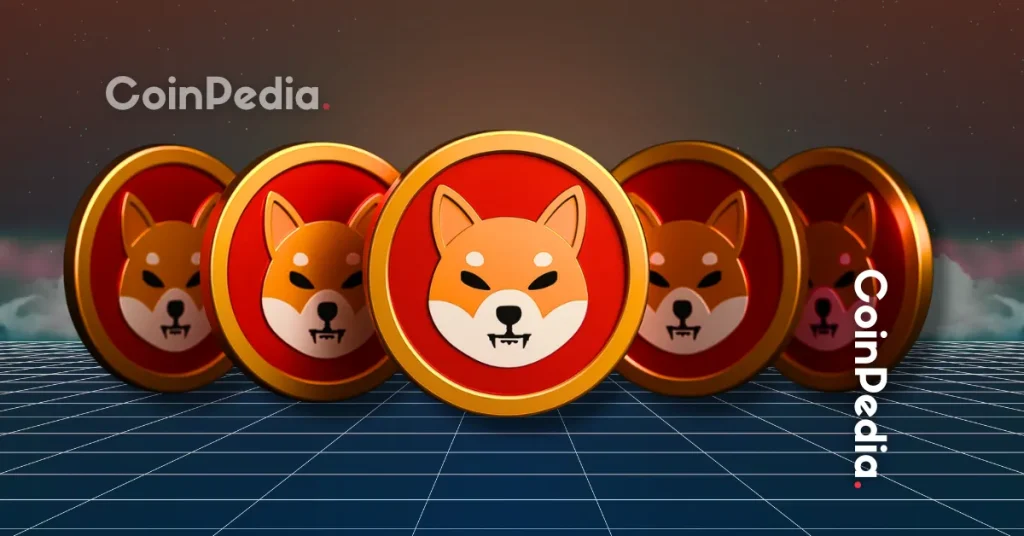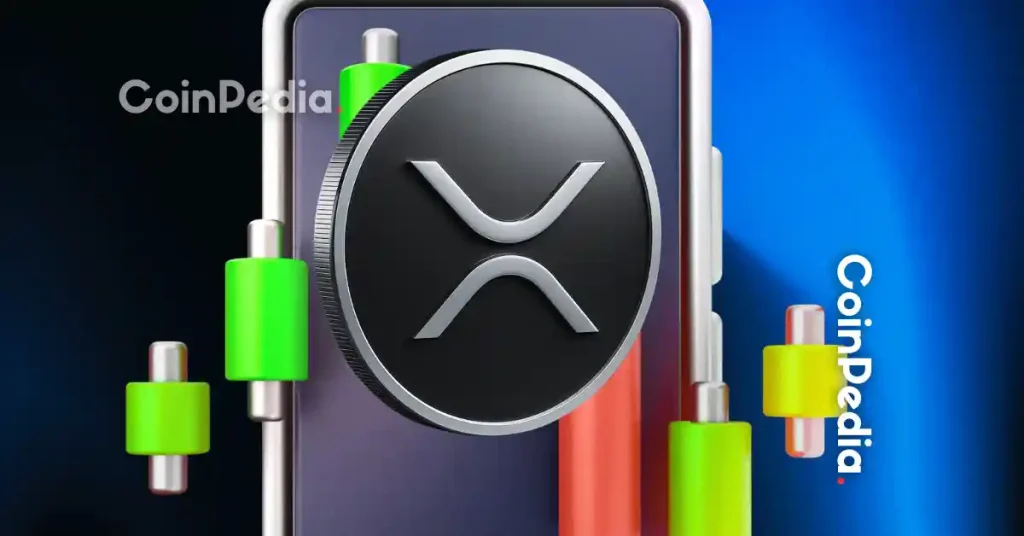
The post Web3 Gaming’s Next Phase Is Heating Up appeared first on Coinpedia - Fintech & Cryptocurreny News Media| Crypto Guide
With billions of gamers worldwide, the intersection of gaming and Web3 represents a massive market opportunity. But despite the relative popularity of such titles as Alien Worlds, Splinterlands, Axie Infinity, Upland, and Solitaire Blitz, current Web3 and blockchain-based games leave something to be desired.
In various cases, game developers have sacrificed speed and efficiency in order to capitalize on the hype around games being built on Ethereum. In others, as with Axie Infinity’s recent fall, an overemphasis on the tokens driving the game’s economic model has distracted from refining the actual gameplay so that it’s fun and keeps players coming back. In a recent ChainPlay survey, GameFi investors said that poor in-game economy design, sub-par graphics, and a low fun factor are limiting the sector.
The most popular games in the world have qualities that compel players to return for more. The most popular NFTs in the world have exclusivity, community, and enticing monetizable aspects — features that lend themselves to thoughtful integrations in gaming worlds. But so far, most Web3 play-to-earn (P2E) games haven’t successfully found a synergistic balance between these two sectors.
Today’s blockchain game developers and studios recognize the potential within reach, and are continuing to experiment with building approachable games that effectively combine fun, brisk gameplay and the best of Web3. Two new games emerging from development provide an early glimpse of what these next-generation gaming projects will offer.
MetaSports Basketball
MetaSports Basketball is a web3 arcade-style basketball game — an action-packed version of NBA Street where players can build their teams from a variety of NFTs and collections, which they use to compete in real leagues for real crypto prizes.
A core component of the game is that it will allow players to import NFTs from existing top-tier NFT collections. Through MetaSports morph contracts, users are empowered to bring their Bored Apes, Cryptopunks, or other approved collections into the game as 3D in-game players. Each collection will also have their own unique set of in-game abilities, such as a Bored Ape tossing a banana peel to stop an opposing player.
This is possible due to MetaSports Basketball’s architecture, which encompasses Ethereum, StarkWare’s StarkNet, IPFS, and the Internet Computer blockchain. The project’s developers will use the Terabethia bridge to mirror and use Ethereum’s ERC20, ERC721, and ERC1155 assets on the Internet Computer, which can serve as a computation hub for different chains.
“MetaSports Basketball adds a new level of ownership and monetization on top of traditional gameplay,” said Maso Rich, head of design at Psychedelic Games. “If you couldn’t make it to the NBA, don’t worry, your favorite NFT can. Brand your team publically, sign real league contracts, brand partnerships, and rise the ranks of the MBA.”
MetaSports Basketball users can buy, lend, and sell players in an NFT marketplace and use them to build all-star teams to compete in seasons and tournaments. The game’s management component will launch later this year, and the in-browser 3D video game is set to follow next year.
Classic Web3 play-to-earn (P2E) mechanics are integrated into games and tournaments such that users can earn $MBA, MetaSports Basketball’s governance token. Everything from upcoming tournaments, rule updates, and new features will be directed through $MBA holder governance proposals.
Plethora
Another project that’s combining striking in-game experiences with the utility and monetization of NFTs is Plethora. It’s a Web3 launchpad gaming platform inhabited by “Moonwalkers,” a 3D NFT collection that players use to traverse Plethora and play minigames. Tommy M., co-founder and lead developer, describes it as “play-and-earn,” which is a more inclusive approach to building loyal game communities than P2E. Plethora is designed for casual gamers, with a low barrier to entry. You don’t need a Moonwalker NFT to play, and there are no gas fees.
A 48-hour preview of the game in June saw more than 1,000 unique users playing various games across Plethora’s open world, some for as many as 30 hours. The idea is to integrate different NFT projects into the gaming platform, similarly to MetaSports Basketball, and help players discover and interact with other early-stage projects. Plethora has already announced a series of launchpad partnerships.
“NFTs are really shifting how the gaming industry works and how gaming communities are created and evolve around a specific game,” explained Plethora co-founder ICP Maximalist (Max). “With Plethora, we can integrate different NFT communities with the platform so that they can enjoy a multiplayer gaming experience. We’re working with various major NFT projects in the IC ecosystem to integrate them in our gaming world.”
In building Plethora independent of cloud servers and other Web2 tech, the team settled on the Internet Computer because they described it as the only layer-1 blockchain capable of scaling an open world Web3 gaming experience.
“Imagine a complex MMO game with frontends, backends, and databases being run on smart contract infrastructure across sovereign hardware around the world,” Tommy said. “Now imagine millions of players using it with zero gas fees. Say goodbye to AWS, Google Cloud, and Microsoft Azure. This is the permissionless Web3 tech stack of the future.”
Unity Game Development Meets Blockchain
Unity is the game development software of choice for 61% of developers. It’s a well-refined engine with a massive library of resources for game studios both big and small, so it makes sense to find a way to unlock this developer potential and give them the ability to build Web3 games on blockchain.
Though it launched little more than a year ago, the Internet Computer appears to be positioning itself as an optimal foundation for Web3 gaming projects into which popular game engines can be integrated. Tommy and Max explained that its ability to host WebAssembly and WebGL apps means that Unity games can be compiled and deployed directly on the blockchain. The games can be played within the browser with the help of WebGL, but they are also able to be packaged and distributed as desktop applications.
Game developers looking to explore this capability can use a Unity template built by Tommy.
Solutions currently exist to make Ethereum transactions from within a Unity game, but Ethereum is limited in how many transactions it can process and the speed with which they can be verified.
A Bright Future
Playable NFTs, open gaming worlds, and streamlined development experiences provide a recipe for creating a thriving Web3 gaming ecosystem.
The possibilities of creating innovative game experiences in this space will push the limits of established genres while contributing to the open-source and collaborative nature of building decentralized applications. Projects like MetaSports Basketball and Plethora demonstrate how the industry is beginning to move beyond the early days of Web3 gaming to leverage first-class game design with new technology that will allow alternative models to thrive.

 3 years ago
404
3 years ago
404
















 English (US) ·
English (US) ·